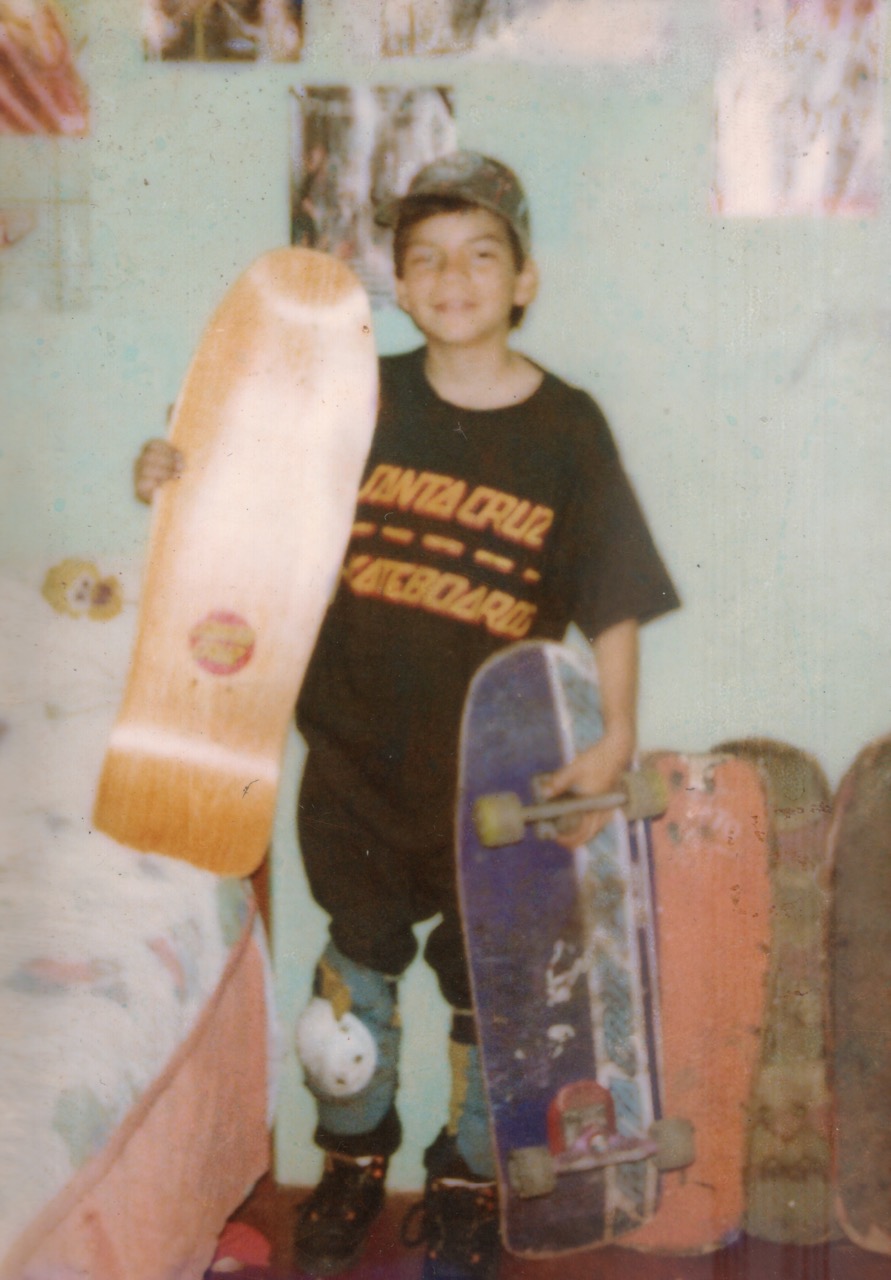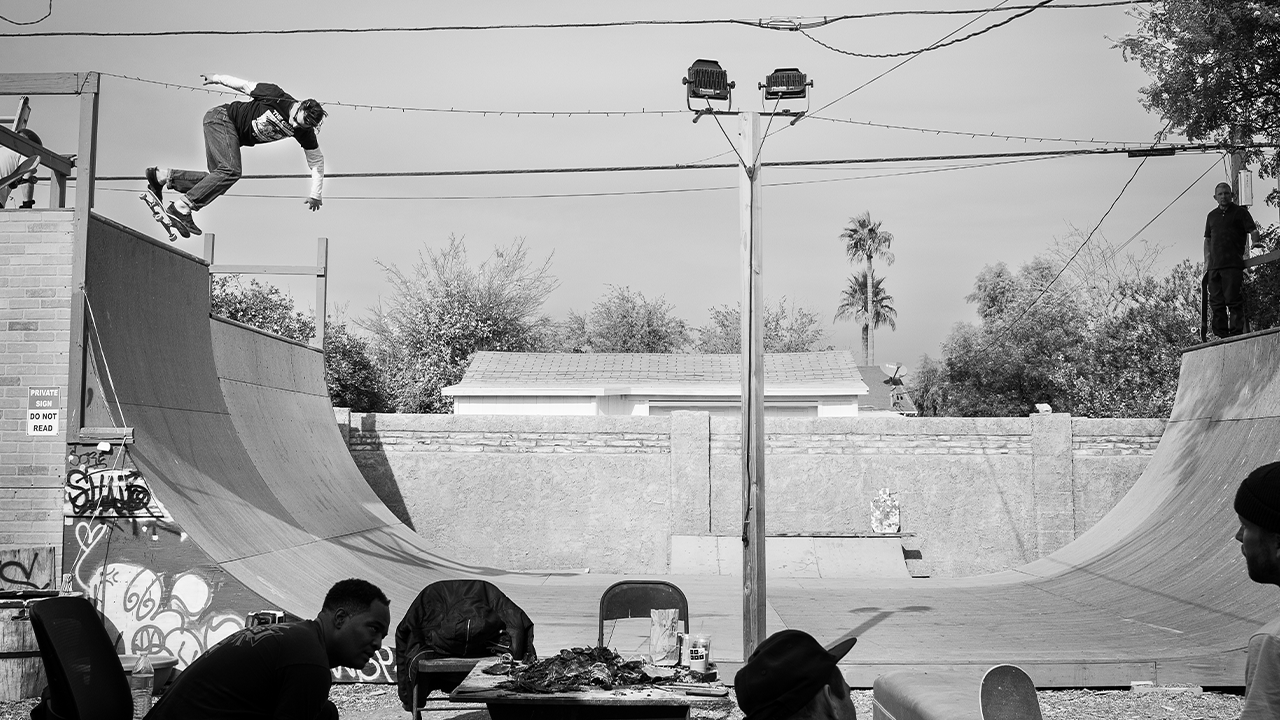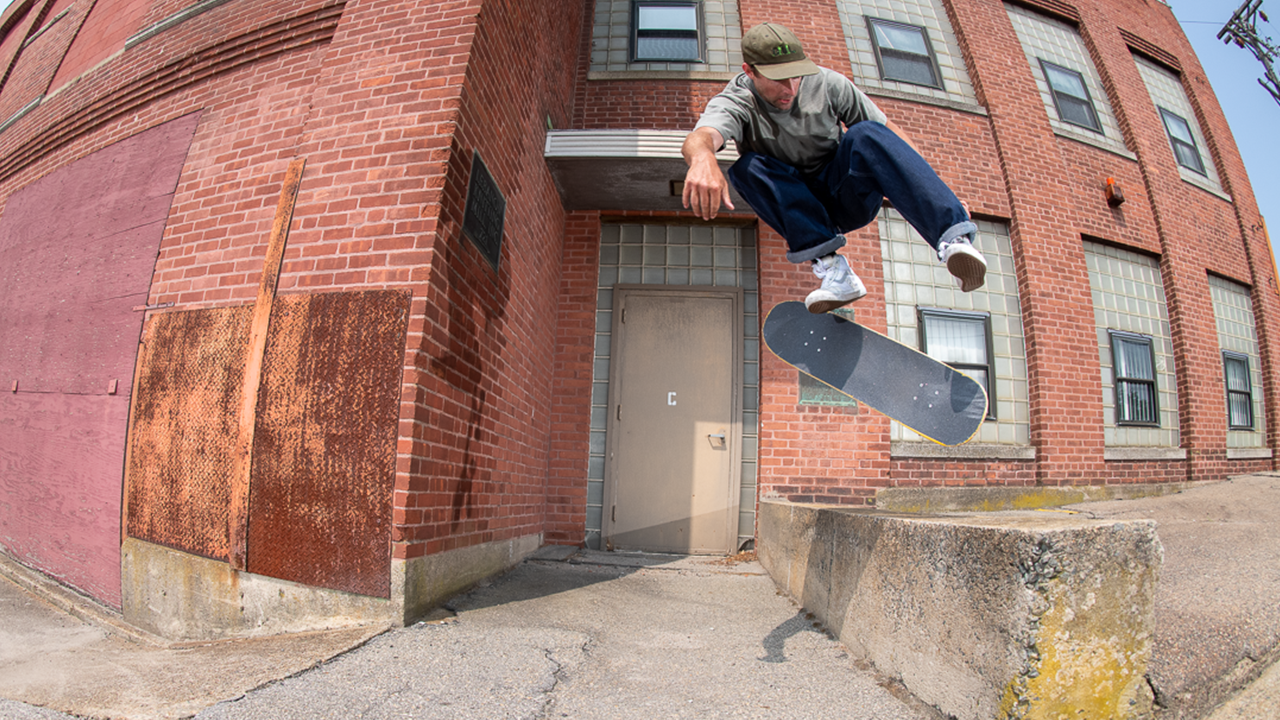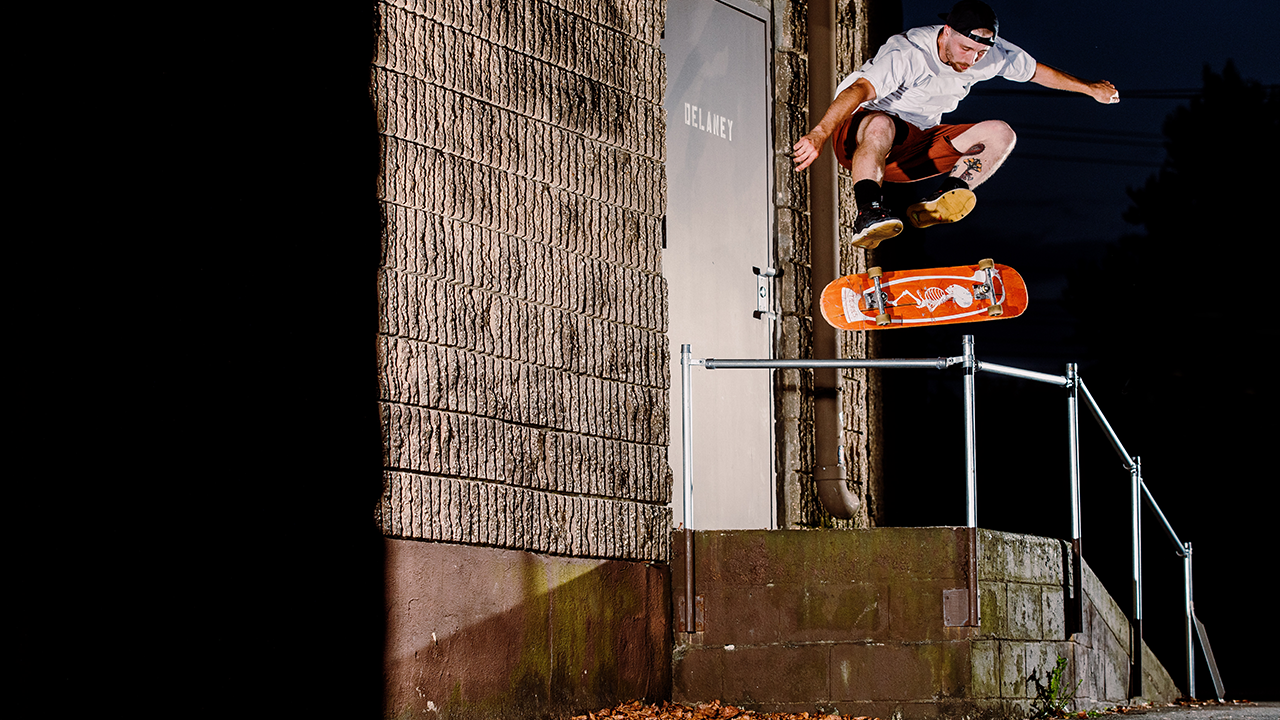Interview by Larry Davis.
Photos by Diego Juan Vargas.

Tell me about your childhood in Peru? Not necessarily skating, just lifestyle, experiences, and the culture you grew up in.
Danny Falla: It was great growing up in Peru. Lots of friends, lots of activities outside like bmxing, soccer, surfing/bodyboarding. We grew up in Lima, and that’s a big metropolitan city, easy to meet people from different neighborhoods and explore. It’s influenced by a lot of American surf and rock and roll culture, I would say, and then skateboarding of course.
Renzo Falla: Yeah, we come from a middle class family and if you come from a middle or high class family you will definitely have more or less some American/European influence, like in any other Latin American country. Lima is the only capital in South America on the coast, so great seafood and lots of surfing. That combined with the traditions and cultural mixtures make Peru a great country.
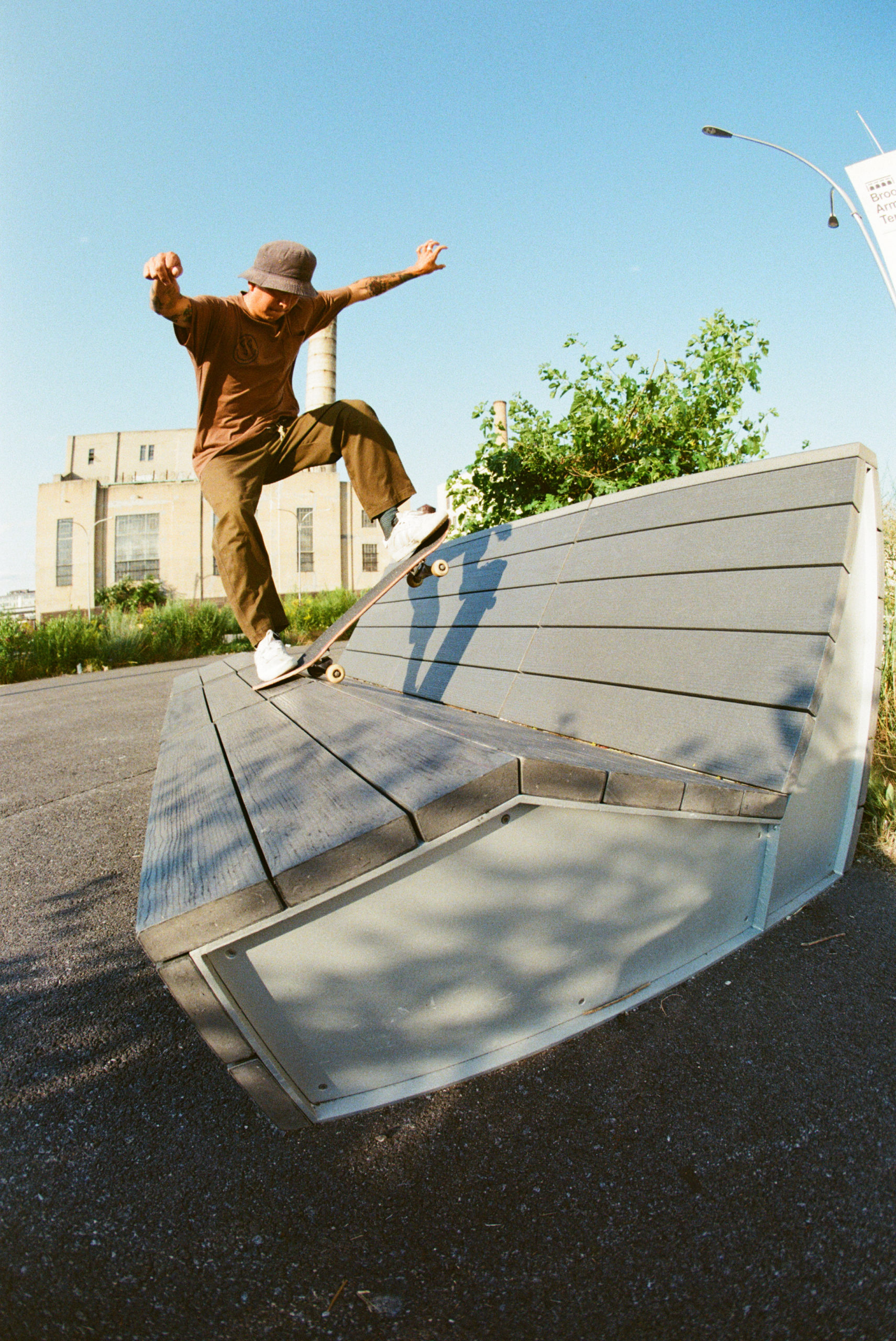
How were you introduced to skateboarding?
DF: I was introduced to skateboarding by Renzo. I always wanted to do whatever cool thing he was doing and skateboarding was and still is the coolest.
RF: We always had skateboards around. My dad got me a penny board when I was a little kid, then I got a bigger one with plastic wheels. We didn’t know about tricks until one day a friend of mine got a Vision aggressor that his dad got from a friend of his that went to California on a business trip. I got hooked instantly and then we saw the Bones Brigade video, oh man! I was just blown away. I obviously asked for a skateboard right away because we had family living in the US. We started to watch more skate videos and we skated all day every day. It was hard to find VHS tapes or magazines, you had to wait for months.
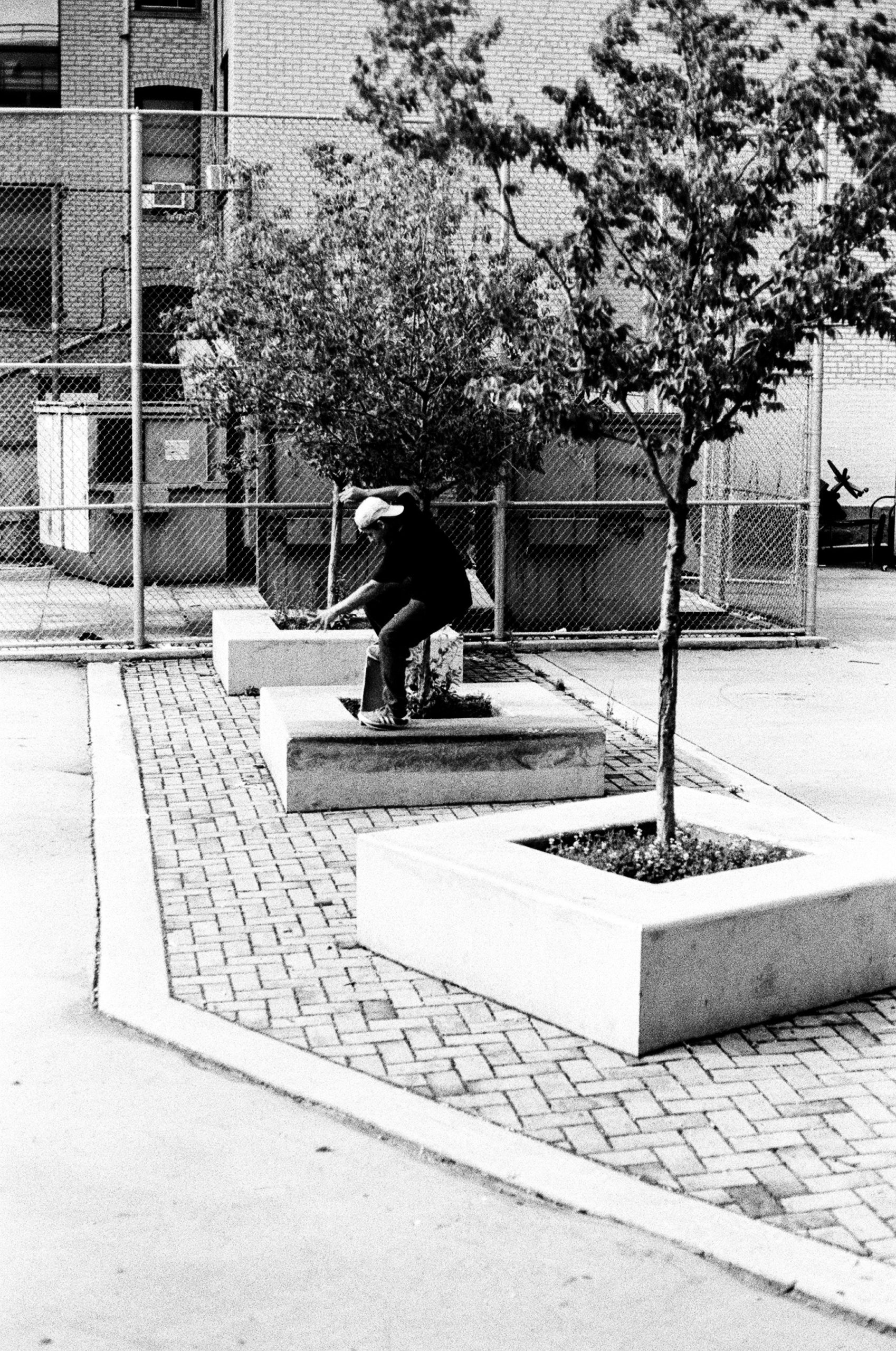
When and how did Legaña come about? Was it a brand back then or just a crew?
DF: I was the youngest in the crew, the mascot I remember some would say.
RF: Legaña was formed in 1987, so Danny was very young. We started skating around and exploring other cities and meeting other skate crews. At that time, all the crews had names and it was cool. When we formed the crew we were into punk rock and we wanted a nasty name, not a cheesy name like most teams at that time, so we called ourselves the Legaña team, which in Spanish means “eye booger.”
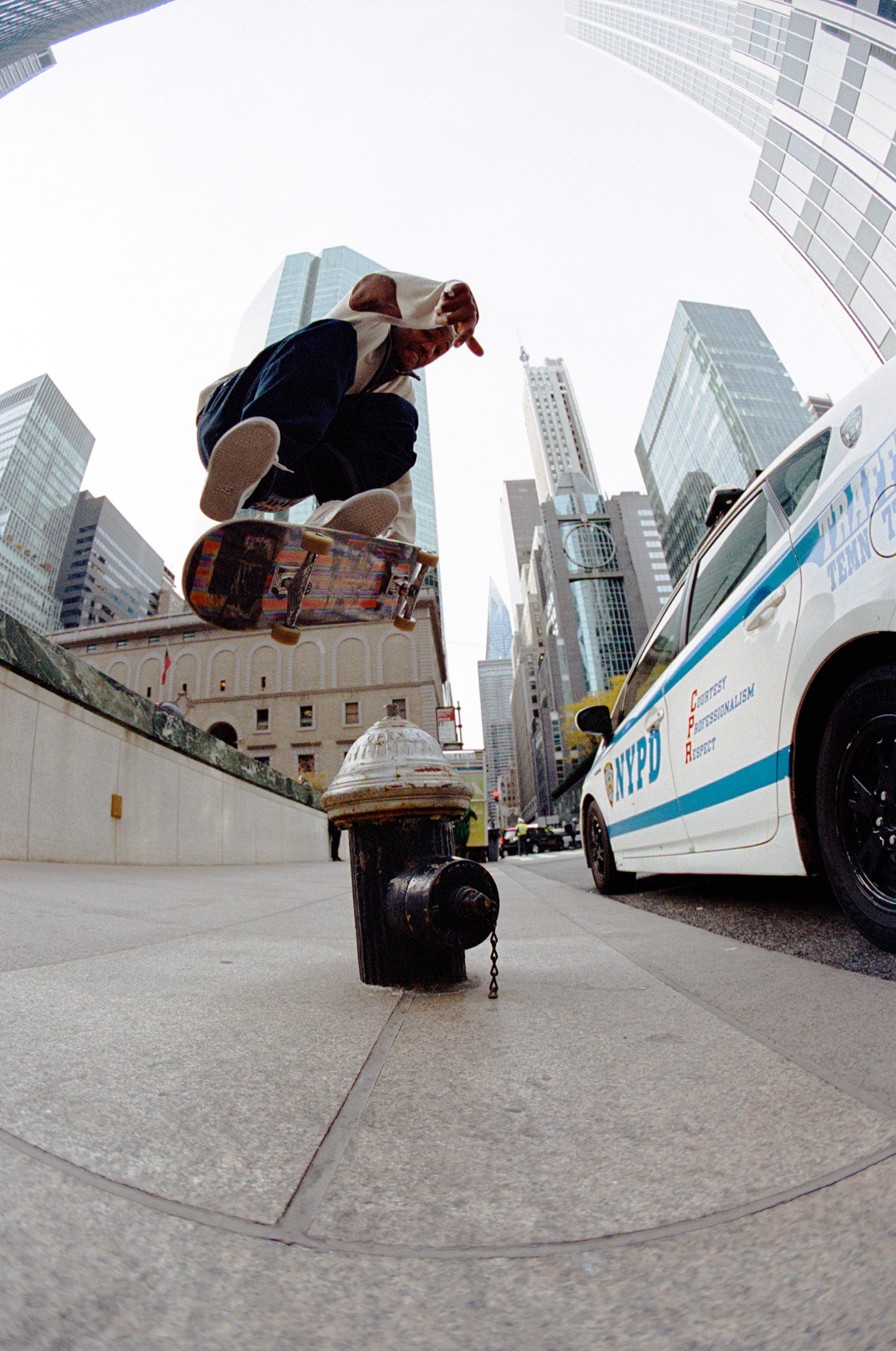
What was the mission in those early years and what were some of the things you all did around South America?
RF: Our mission was progression. There was only one skatepark in the whole city and there were only a few contests here and there, so we started to build ramps in the middle of neighborhoods. We had to fight with police and municipal authorities because they would remove our ramps and we’d have to rebuild them all the time. Then vert kinda died and we started skating street a lot, building boxes and kickers.
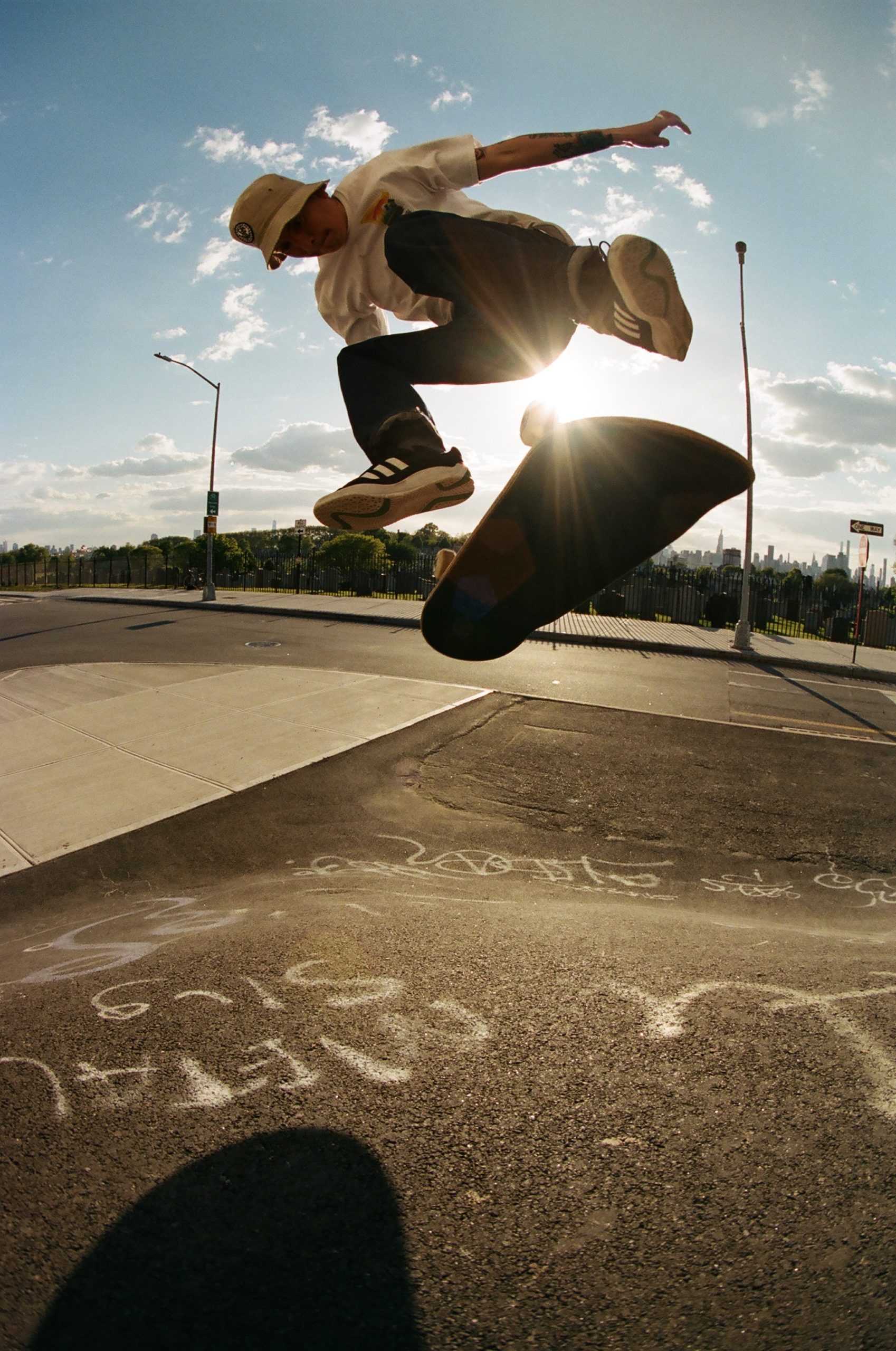
What brought you both to New York?
DF: We’ve had family living in the states since the ’70s and my uncle asked for my mom and us to come legally, which takes about ten years. One day in 1996 we got the call, so we asked for a visa, got it, and then came to NYC and got a resident card right away.
RF: Yeah, my family told me we are moving to New York and you gotta go to college and work, and told Danny that he had to finish school here. We had no choice!

What motivated you to bring back the brand and how’s it been going?
RF: When we were a crew we always had to do our own shit. Our own pants, patches, shorts and put Legaña on them, so we had the idea of creating a brand a long time ago. In recent years we got reunited, older, and more experienced so we decided to do it. But we don’t do it for the money, we’re doing it to represent a continent, a country, and to help skaters that have the same dream we had, but never had the opportunity to do it in skateboarding. We want to get other people to know that in Latin America, and in Peru, we have very similar skateboarding stories like in the US and Europe, and that we also love skateboarding.
DF: Yeah and it’s been going great. We are getting a lot of love from shops, especially on the East Coast, a lot of love from cool people.
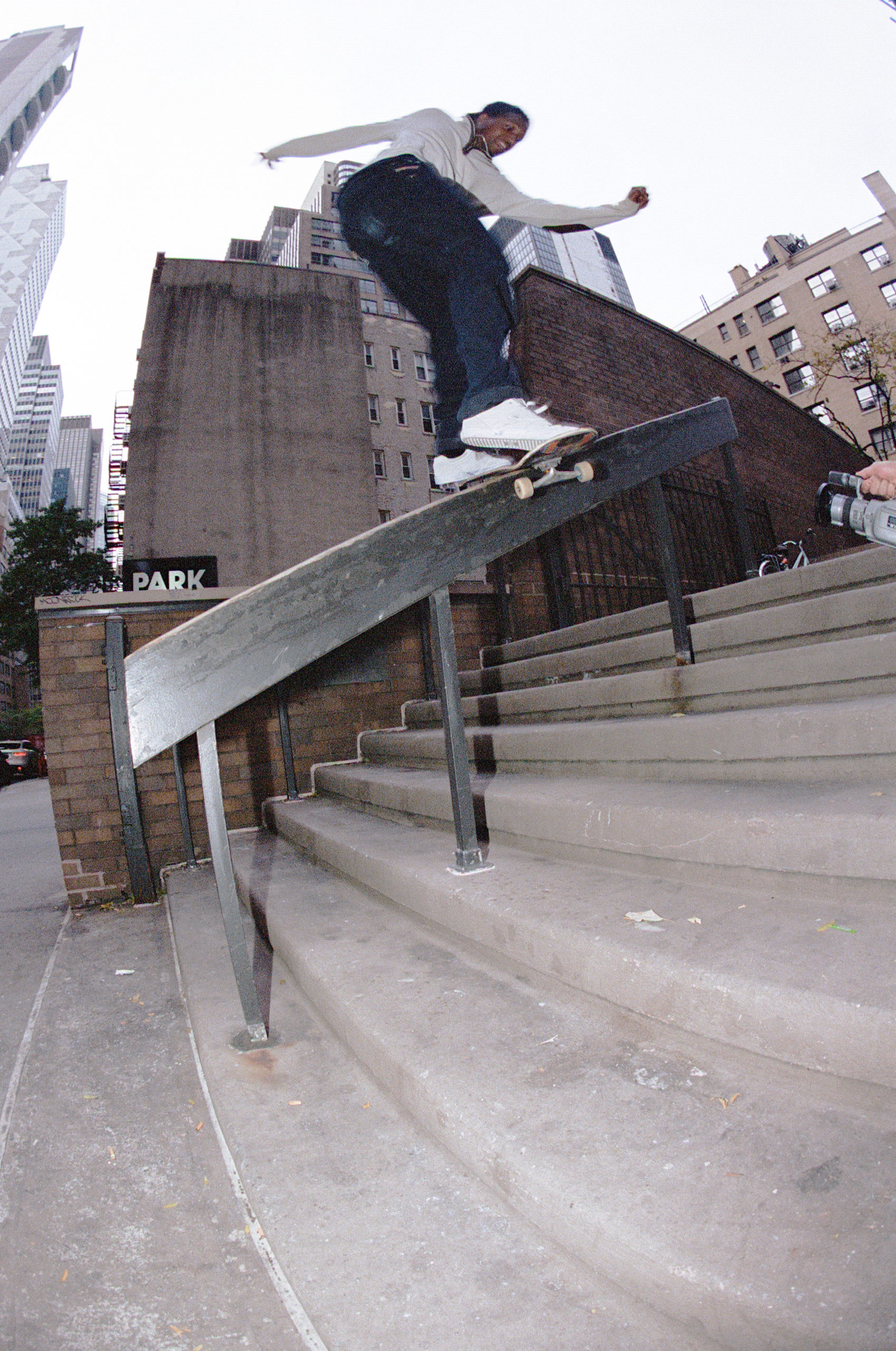
Who’s on the team?
DF: Walon, Fabrizzio Caro, Luis Aguilar, Erik Gilabert, and myself.
RF: They are the recent onces. We’ve had many rippers since we started, for some reason some of them decided to do something else, but we’re still friends. RIP Mateo Martinez.
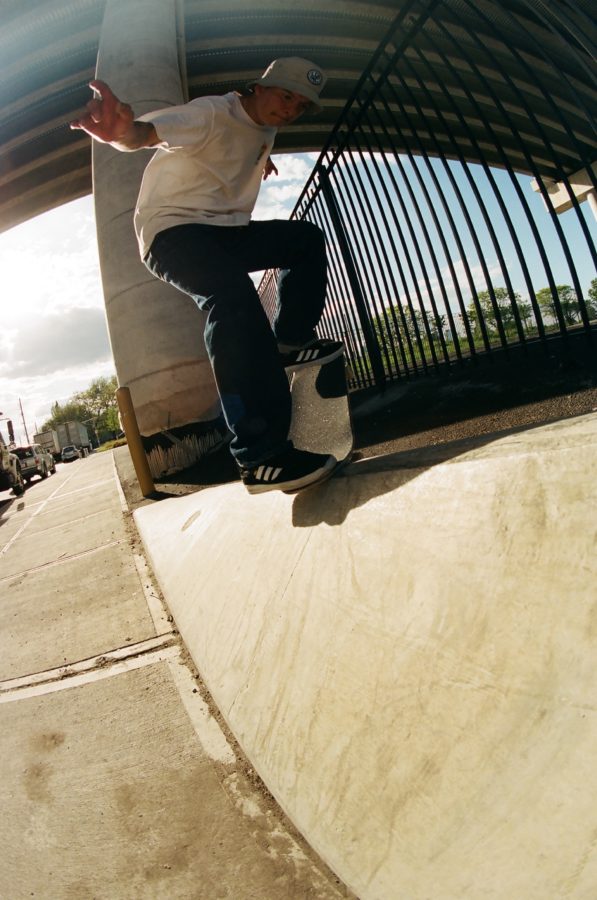
What’s the skate scene like in Peru?
DF: The scene down there is great, with a lot of very talented skaters. It’s even bigger now after the Olympics. There are underground skaters that train and do 540 flips to boardslides. So kinda like here but less companies, the industry is not as organized but it’s getting better and better everyday.
RF: Yeah it is definitely growing, but sometimes it gets lost in translation I would say. Skaters there think that if you’re a pro skater in the US, you’re doing well financially, but once you are here you know that is not true. So many kids get into skateboarding with the idea of coming to the US to become a wealthy person, thinking that winning contests is everything. We try to educate kids about the fun in skateboarding, the individuality, the art…
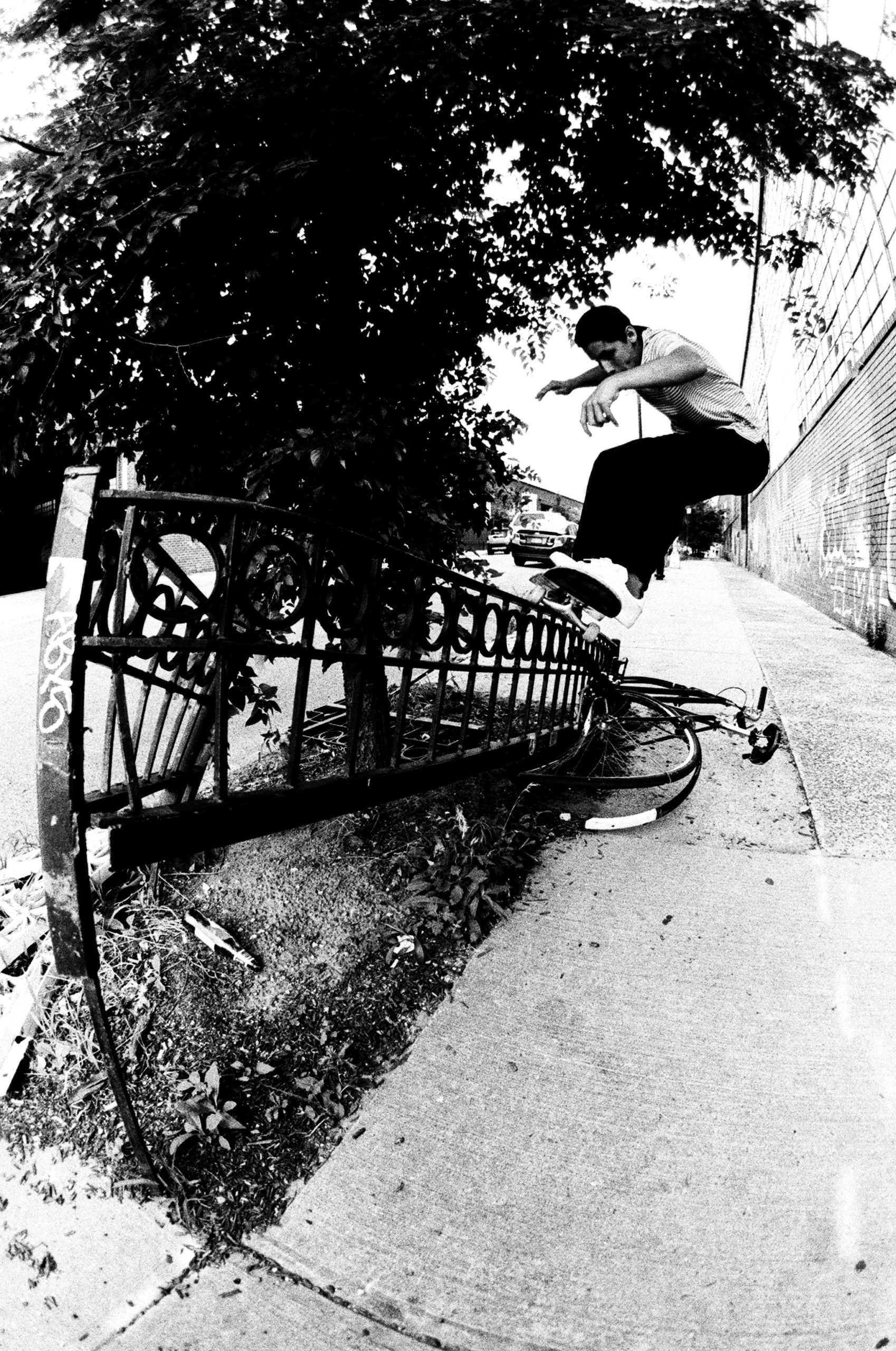
Do you have any major goals for the brand? Is there anything you’re excited about coming up?
DF: Show our roots and culture with our graphics, skaters, and videos. Travel and make great memories. For me it’s such a great feeling to be able to bring some of our riders from Peru to the states. There are a lot of great skaters that dream of coming to the states to skate and experience what it’s like to skate the spots and meet the people here. I was lucky enough to move to NYC as a teen without really wanting to, honestly. I’m also excited for the new video we are working on too.
RF: Keep growing as a brand and as a team. We would like to include more riders from all over as we progress and be able to show people Peru. We always go once a year and we’re down to bring people to skate there.
